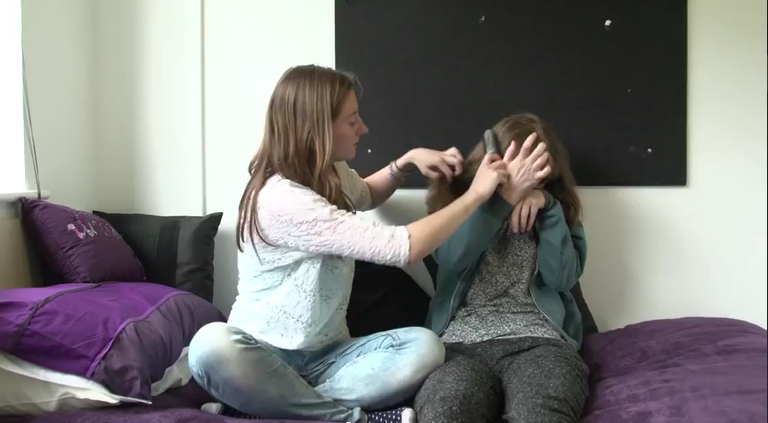External Causes of Challenging Behaviour
People with limited expressive language abilities are more likely to show behaviours that challenge.
When we think about the external causes of challenging behaviour we mean factors that are in the environment that may affect the level of the behaviour. The most important of these is the effect that the responses of others have. This usually takes two forms: presenting rewarding attention and removing unpleasant demands. These are described in turn in the following sections.
Thinking about challenging behaviour as communication
Another way to think about challenging behaviour is to consider challenging behaviour as a form of communication. This is a useful analogy as it allows us to understand that challenging behaviour can, in fact, be a very adaptive behaviour. This is particularly so when people have poor expressive communication and a limited repertoire of behaviours that they may call upon in order to communicate what they need.
Effective and appropriate ways of communicating that someone with limited verbal language might use include:
Eye-pointing, leading you toward an object or place, making sounds, nudging you, sign language, Picture Exchange Communication System (PECS)
Other effective (but inappropriate) ways of communicating with people that someone with limited expressive language might use include:
Crying, screaming, shouting, spitting, scratching (self or others), throwing or damaging objects, sitting down and refusing to get up, and grabbing.
Sometimes, although individuals with intellectual disability may have learnt effective and appropriate ways of communicating (such as Makaton or PECS), they will use inappropriate ways of communicating (such as hitting and kicking) in some situations because they may be more efficient ways of indicating their needs and desires. In other words, using inappropriate ways of communicating can sometimes get a quicker and more reliable response from other people than appropriate methods.




